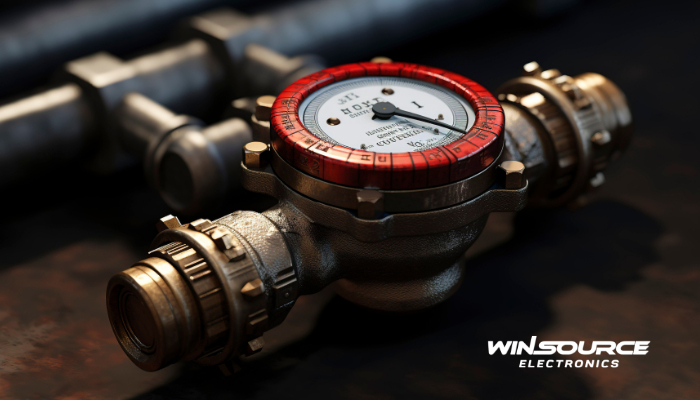
* Question
What kinds of oil pressure sensors are there?
* Answer
Oil pressure sensors are critical components in various mechanical and automotive systems, designed to measure the pressure of oil in an engine, transmission, or hydraulic system. They help ensure that oil is circulating properly to prevent damage due to low oil pressure. There are several types of oil pressure sensors, each suited for specific applications:
1. Electromechanical (Diaphragm) Oil Pressure Sensors: These sensors use a diaphragm and a mechanical linkage to move a needle on a gauge. When oil pressure changes, it moves the diaphragm, which in turn moves the needle to indicate the pressure. These are commonly found in older vehicles.
2. Resistive Oil Pressure Sensors: These utilize a pressure-sensitive variable resistor (or pressure-sensitive variable capacitor in some designs) that changes its resistance or capacitance with varying oil pressure. The change in resistance affects the electrical signal sent to the engine’s computer or a gauge, indicating the oil pressure level.
3. Capacitive Oil Pressure Sensors: These sensors operate by measuring the change in capacitance within the sensor due to the movement of a diaphragm affected by oil pressure. This change in capacitance is then converted into an electrical signal that can be interpreted as an oil pressure reading.
4. Optical Oil Pressure Sensors: These use the principles of optics to measure oil pressure by detecting the displacement of a diaphragm through changes in light intensity or the interruption of a light beam.
5. Piezoelectric Oil Pressure Sensors: Utilizing the piezoelectric effect, these sensors generate an electrical charge in response to mechanical stress (pressure) applied by the oil. This charge is then measured and interpreted as oil pressure.
6. MEMS (Micro-Electro-Mechanical Systems) Oil Pressure Sensors: These are highly advanced sensors that integrate mechanical and electronic components at a microscopic scale. They are capable of providing highly accurate and real-time data on oil pressure.
Each type of sensor offers different advantages in terms of accuracy, cost, and ease of integration with other vehicle systems, making them suitable for a variety of applications across automotive, aviation, and industrial fields.

COMMENTS